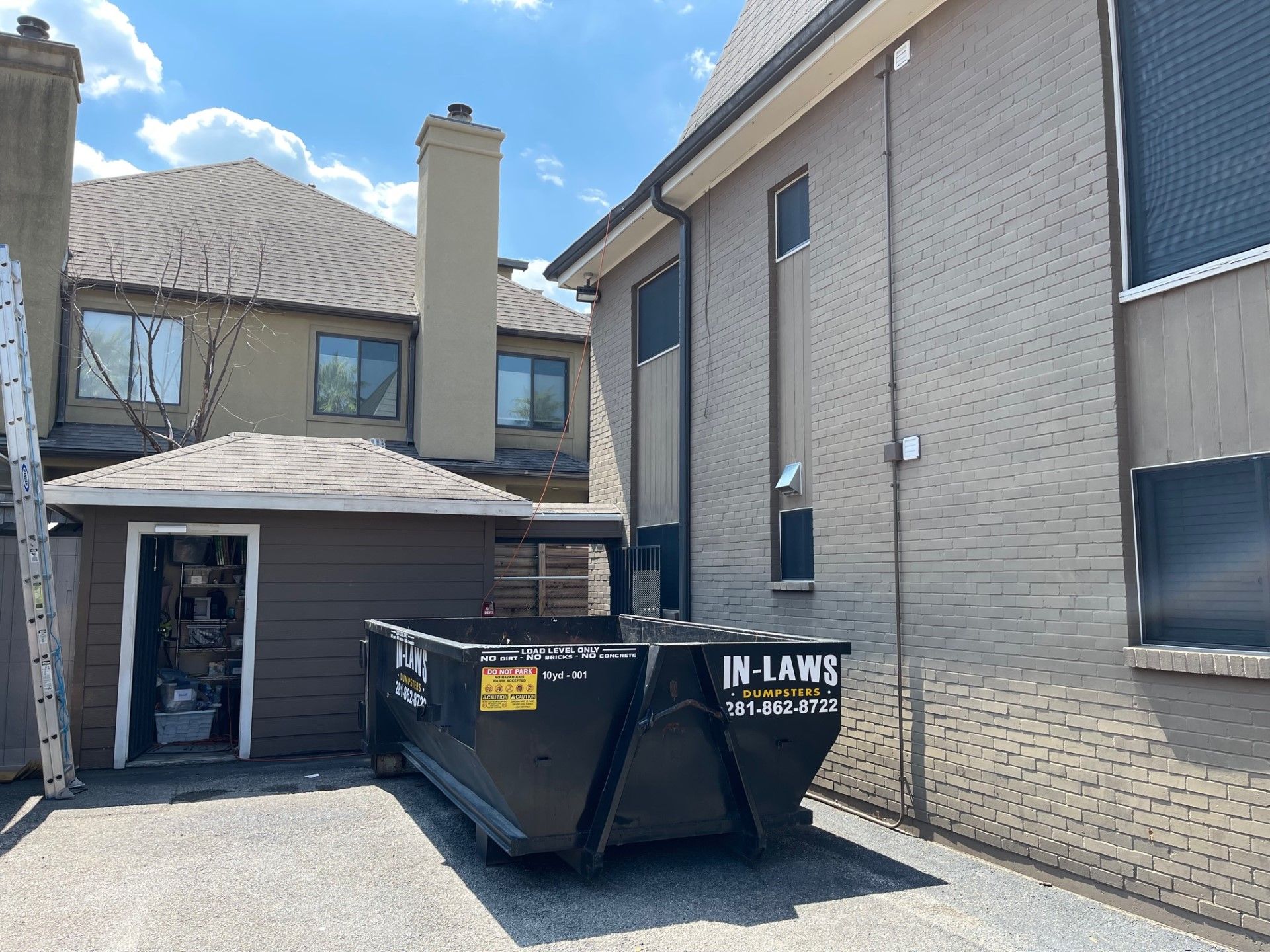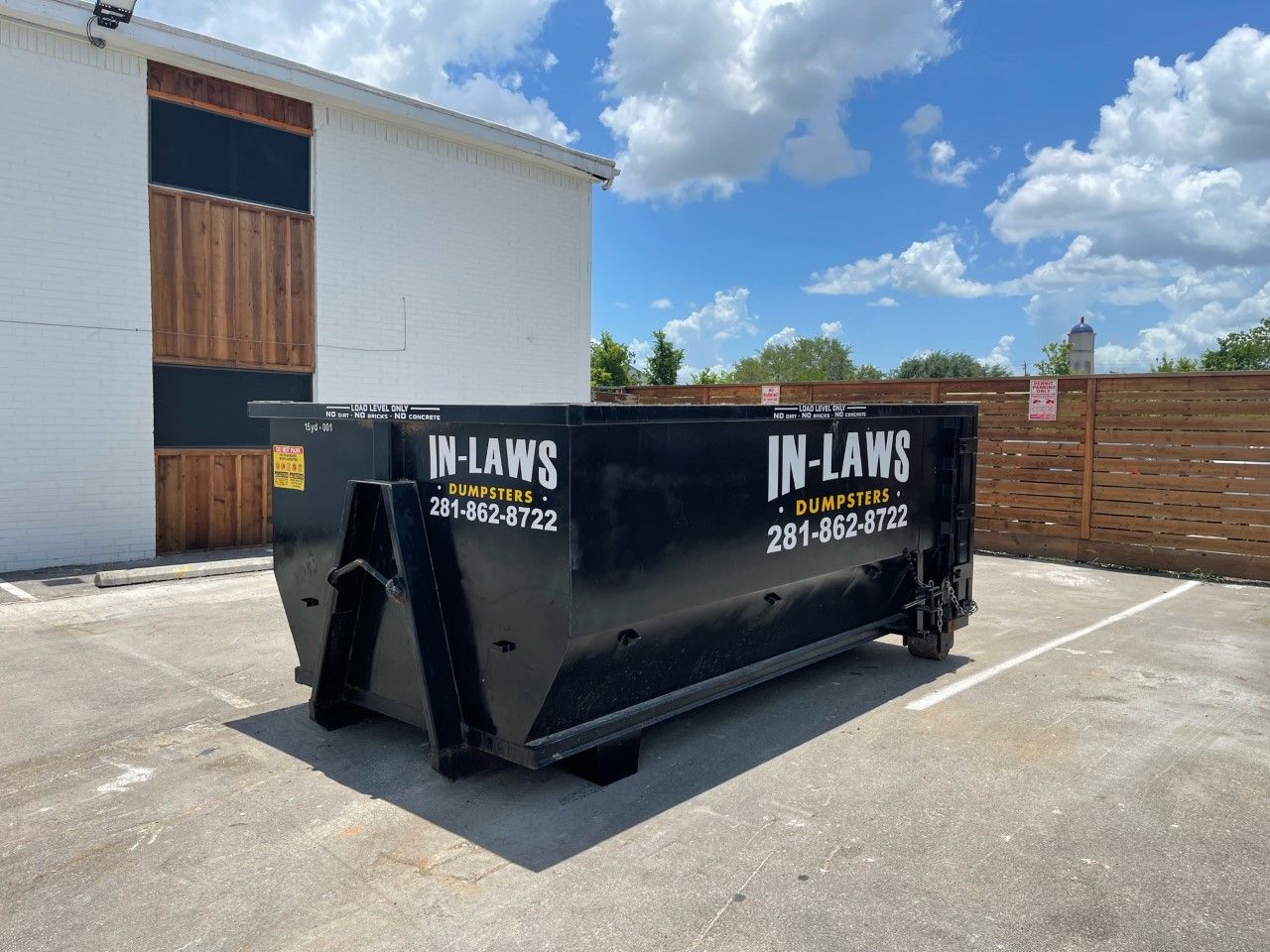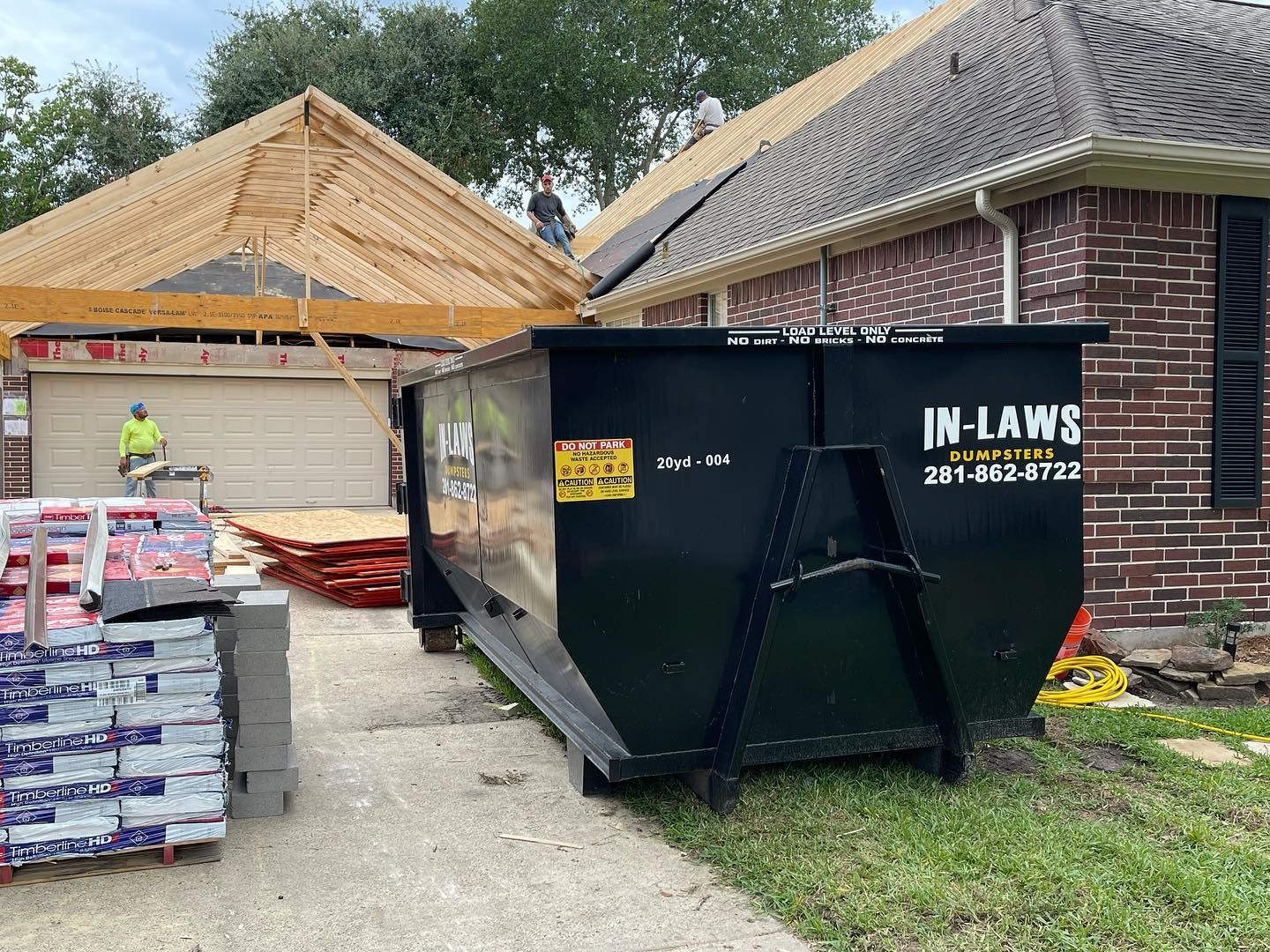Safe Asbestos Clean Up: An Ultimate Guide
Safe Asbestos Clean Up: An Ultimate Guide
Asbestos, once widely used in construction for its fire-resistant properties, is now recognized as a hazardous material that poses serious health risks when disturbed. Whether you’re a homeowner facing a renovation or a contractor managing an older property, understanding the safest methods for asbestos clean up is critical. This comprehensive guide explores everything you need to know about asbestos clean up, including best practices, legal requirements, and how a dumpster rental from a trusted provider like In Laws Dumpsters can streamline the process.
What is Asbestos and Why is Clean Up Important?
Asbestos refers to a group of naturally occurring minerals that were commonly used in building materials until the late 20th century. When asbestos-containing materials are damaged or disturbed, microscopic fibers can become airborne. Inhalation of these fibers can lead to severe health issues, including asbestosis, lung cancer, and mesothelioma. There is no safe level of asbestos exposure, making proper clean up essential for protecting your health and the environment.
When is Asbestos Clean Up Necessary?
- Renovating or demolishing buildings constructed before the 1980s.
- Discovering deteriorating insulation, floor tiles, roofing, or siding suspected to contain asbestos.
- Addressing water or fire damage in older homes.
If you suspect asbestos is present, always assume the material is hazardous until tested by a professional.
Should You DIY or Hire a Professional?
While some states allow homeowners to remove asbestos themselves, it is strongly recommended to hire licensed professionals. Asbestos abatement specialists have the training, equipment, and certifications to ensure safe removal and disposal, minimizing the risk of fiber release and contamination. Attempting asbestos clean up without proper knowledge can endanger you, your family, and the community.
Step-by-Step Guide to Safe Asbestos Clean Up
1. Preparation and Containment
- Clear the Area: Remove furniture, personal items, and anything that could become contaminated.
- Isolate the Work Zone: Use heavy-duty plastic sheeting to seal off the area, including doors, vents, and windows. Create a decontamination zone for workers to enter and exit safely.
- Post Warning Signs: Clearly mark the area as a hazardous zone to keep others away.
2. Personal Protective Equipment (PPE)
- Wear disposable coveralls, gloves, and shoe covers.
- Use a properly fitted respirator with a P100 or HEPA filter.
- Never handle asbestos with bare hands.
3. Safe Removal Techniques
- Keep Materials Wet: Lightly spray asbestos-containing materials with water or a PVA solution to prevent fibers from becoming airborne.
- Use Hand Tools Only: Avoid power tools, which can create dust. Remove materials gently to minimize breakage.
- Do Not Break Up Materials: Handle whole sheets or pieces whenever possible.
4. Clean Up and Decontamination
- Wet Wipe Surfaces: Clean all horizontal surfaces with damp rags or disposable wipes. Avoid sweeping or using a regular vacuum, as this can spread fibers.
- HEPA Vacuum: If available, use a vacuum with a HEPA filter to capture fine particles.
- Double Bag Waste: Place asbestos waste in heavy-duty, 6-mil plastic bags. Seal each bag, then place it in a second bag and seal again. Clearly label all bags as “Asbestos Waste.”
- Dispose of PPE: Remove and bag all disposable protective gear before leaving the work area.
5. Disposal of Asbestos Waste
- Approved Facilities Only: Asbestos waste must be taken to a landfill or facility authorized to accept hazardous materials. Never dispose of asbestos in regular trash or recycling.
- Transport Safely: Use a covered vehicle and secure all bags to prevent tears or leaks during transport.
Legal and Regulatory Considerations
- Federal and State Laws: The EPA and OSHA have strict regulations for asbestos handling, removal, and disposal. Non-compliance can result in hefty fines and significant health risks.
- Permits and Notifications: Some jurisdictions require permits or advance notice before asbestos clean up begins. Check with local authorities for specific requirements.
How Dumpster Rental from In-Laws Dumpsters Simplifies Asbestos Clean Up
Managing asbestos waste requires careful planning, especially when dealing with large volumes of debris. Renting a dumpster from a reputable provider such as
In-Laws Dumpsters offers several advantages:
- Safe Containment: Dumpsters provide a secure, centralized location for all asbestos waste, reducing the risk of accidental exposure and keeping your worksite organized.
- Convenient Disposal: Instead of making multiple trips to a landfill, you can load all double-bagged asbestos debris directly into the dumpster. The rental company then transports it to an approved facility, ensuring compliance with all regulations.
- Expert Guidance: Dumpster rental companies experienced in hazardous waste management can advise you on proper bagging, labeling, and loading procedures to meet legal standards.
- Time and Cost Efficiency: By streamlining waste removal, you save time and reduce the logistical burden of asbestos clean up, allowing you to focus on the safe completion of your project.
- Enhanced Safety: Keeping asbestos waste contained and off the ground minimizes the risk of accidental fiber release and protects everyone on site.
Best Practices and Safety Tips for Asbestos Clean Up
- Always keep asbestos materials wet during removal and clean up.
- Never use power tools, abrasive pads, or compressed air on asbestos-containing materials.
- Do not attempt to remove asbestos insulation, spray coatings, or large-scale materials without professional help.
- Shower and wash thoroughly after completing work, and avoid bringing contaminated clothing into living spaces.
- Inform neighbors and keep children, pets, and non-essential personnel away from the work area.
Final Thoughts: Prioritize Safety and Compliance
Asbestos clean up is a serious undertaking that demands meticulous planning, the right equipment, and strict adherence to safety protocols. While some minor projects may be handled by knowledgeable homeowners, the safest and most effective approach is to hire licensed asbestos abatement professionals. When managing asbestos debris, a dumpster rental from a trusted provider like In-Laws Dumpsters can make the process safer, simpler, and fully compliant with all regulations.
By following the steps outlined in this ultimate guide for safe asbestos clean up, you can protect your health, your family, and your community—ensuring peace of mind throughout your renovation or demolition project.



